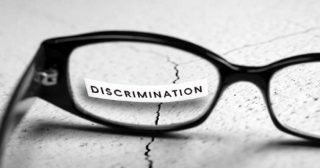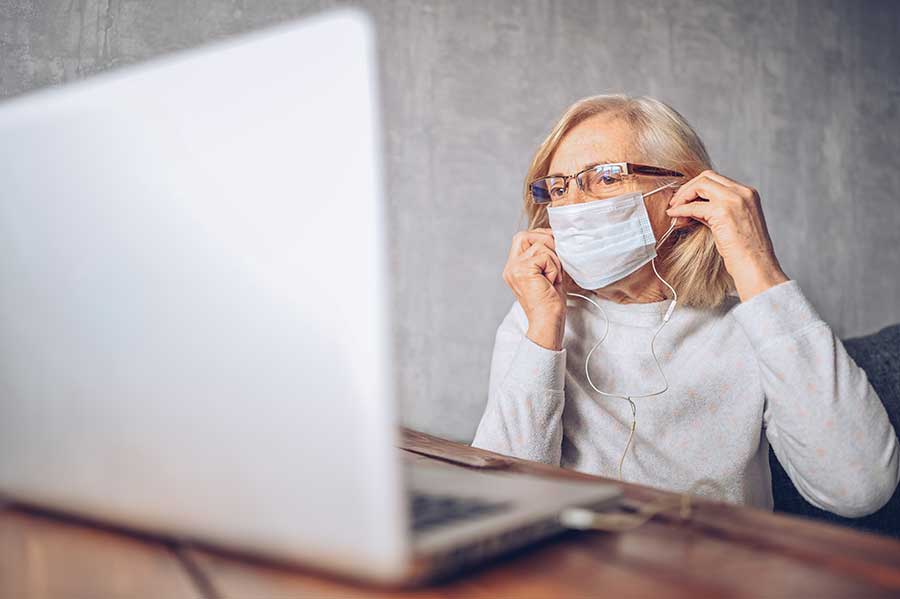
The role of the media in safeguarding against ageism
Are advertising and the media perpetuating ageism and if so, what are their regulatory...read more
Lucie Mitchell on the impact on employment prospects and rights of employees who have been shielding.

Anxiety over job security and returning to the workplace after the pandemic is a huge concern for many of us, not least employees who have been shielding, with some understandably worried about losing their jobs if they can’t return safely.
“Even when restrictions are eased, employees who have been shielding may refuse to come into work if they reasonably believe there is a serious and imminent danger, or the workplace is not Covid-secure,” comments Rachel Suff, employee relations adviser at the Chartered Institute of Personnel and Development [CIPD]. “If shielding employees cannot perform their role at home and they are on furlough or leave, it’s understandable some may be concerned about their future career prospects. But it’s hard to say what the longer-term impact will be as this will vary considerably.”
According to research in September last year by the Institute for Fiscal Studies, vulnerable older workers are particularly worried about their employment prospects. The report found that over 30% of workers over the age of 54 were worried about their job, especially those with long-term health conditions; while workers aged over 54 with a disability or limiting health condition were 34% more likely to be worried about job security than those without.
Furthermore, an August 2020 report by Citizens Advice revealed that parents, carers, disabled people and those who previously shielded were at least twice as likely to face redundancy as the rest of the working population. The survey also found that half of those who were shielding – due to being extremely clinically vulnerable – were at risk of redundancy, compared to 17% of the working age population.
“If an employer does need to undertake a redundancy exercise, there may be cases where they, unfairly, select those who have been shielding and unable to continue working – however, this approach comes with significant risk of employment tribunal claims against the employer,” warns Andrew Willshire, associate solicitor in the employment team at Paris Smith.
It’s still possible to make an employee redundant whilst they are shielding, he adds, but the employer will need to show a genuine redundancy situation and follow a fair process. “If the employer needs to apply selection criteria to a group of employees, the fact that the employee is shielding should not be a factor taken into account when the employer decides who to select for redundancy.”
Suff adds that it’s quite likely that an employee with a health condition could have a disability, so the employer needs to be very careful not to discriminate, and mindful of their duty to make reasonable adjustments. “When considering redundancies, an employer should use selection criteria that does not disadvantage and discriminate against a disabled employee.”
Tom Wilding, a senior graphic designer, is currently shielding and was made redundant from his job in July last year when the initial furlough scheme ended. He spent two months looking for another job, but a combination of shielding, lack of openings and changing Covid restrictions made it extremely difficult, so he has been freelancing since September. He says he’s faced many challenges finding a new role.
“Contrary to what I expected, there aren’t many job openings in my field that are offering fully remote work for the foreseeable future,” he comments. “As I’m shielding, but don’t yet have a defined date for my vaccine doses, I don’t currently have the flexibility of being able to go into an office whenever I’m required.”
Despite saying he’d feel much more comfortable going to an office once he has had the vaccine, Wilding does not advocate making the vaccine compulsory for all.
“I’m a firm believer in the benefit of vaccines and immunisations, as someone with a chronic condition, but I understand that not everyone is, as unfounded as I believe this is. I think the government and health boards should be doing more to put across the safety and benefits of the vaccine, without being patronising, and reassure people.”
Angela Lopes, director – head of city office at Tiger Recruitment, believes shielding should not impact employees’ employment prospects. “If you’re looking for a new, office-based role, the fact that you’re shielding shouldn’t come into the equation. Employers are interviewing via video calls and onboarding new hires remotely, so there’s no requirement to attend in person,” she says.
The bigger issue is that workers who have been shielding may lack the confidence to return to the office, she adds. “The onus will be on employers to make their workplace Covid-secure, to communicate the measures they have taken to mitigate the risks and provide the necessary reassurance to their staff.”
Willshire echoes these views, stressing that communication is key. “Employers would be well advised to keep in regular contact with those employees who are shielding, and particularly so when a return to work is on the horizon,” he says. “Understanding the employee’s concerns and putting in place appropriate health and safety measures for that employee will be crucial for a successful return to the workplace.”

A meeting of the Women and Equalities Committee last week addressed ageism in the media and what is being done to counter it. read more

Pensioner poverty - current and future - is much in the news and linked to economic inactivity. What are the long-term costs of not addressing it? read more

Thousands of pensioners have received news from Hewlett Packard this month that their pensions will, yet again, not be rising despite the cost of... read more

A new report from the Health Foundation warns that health inequalities could have major implications for the UK workforce in the future. read more